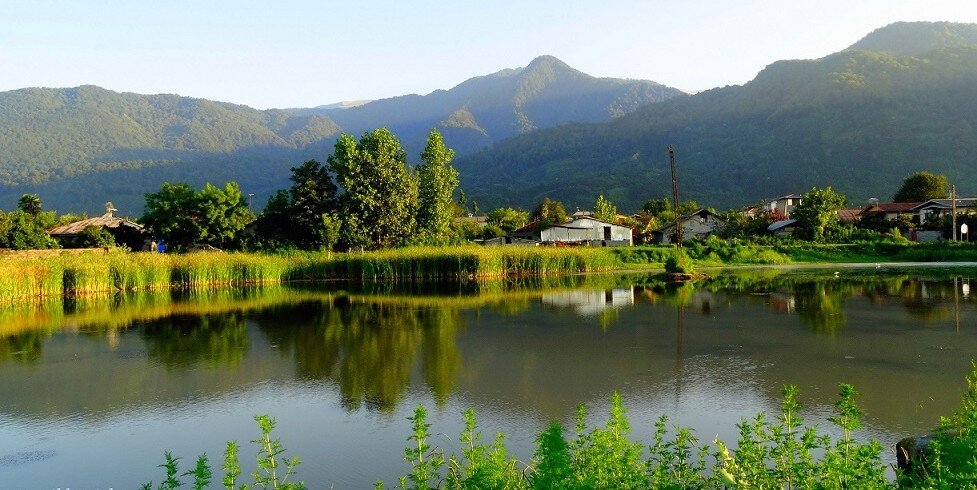Where to travel next: 100 potential destinations spotted across Iran

TEHRAN –Iran’s Ministry of Cultural Heritage, Tourism and Handicrafts has defined over 100 places, mostly near villages and in the countryside, capable of becoming travel destinations in the future.
“More than 100 potential travel destinations have recently been identified in the country, but for the first stage, ten of which will be studied for investment and tourism development,” a tourism official said on Tuesday.
“Through a plan named innovative management of tourist destinations, we are seeking to discover novel destinations suitable for infrastructure investment,” Seyyed Mostafa Fatemi said.
For the implementation of this plan, teams of experts will be dispatched to assess travel capacities in terms of essential infrastructure and local communities, Fatemi said.
“So far, studies are underway on some of the identified places, and we intend to train the facilitators before we send them to these areas,” the official explained.
The purposes of implementing this plan are to achieve sustainable tourism, and to pave the way for selected villages to gain UNESCO status, the official said.
When it comes to rural tourism, Iran, which has many pristine yet diverse natural settings, has many to offer to nature lovers. Rural tourism as well as agritourism and farm stays can be regarded as a win-win both for local communities and post-modern travelers who are tracing unique experiences.
Sightseers may stay with a rural or nomadic family for a while or enjoy an independent stay and assist them with day-to-day life. It also opens up an opportunity to feel rustic routines, agriculture, traditions, arts, and culture. Rural tourism, most of all, sets the ground for economic development in rural areas by creating additional income and employment. It can also improve the social well-being in rural areas.
The World Tourism Organization sees rural tourism as a type of activity in which the visitor’s experience is related to a wide range of products generally linked to nature-based activities, agriculture, rural lifestyle, culture, angling, and sightseeing. Such tourism also possesses characteristics such as low population density, a landscape dominated by agriculture and forestry, as well as traditional social structure and lifestyle.
AFM
